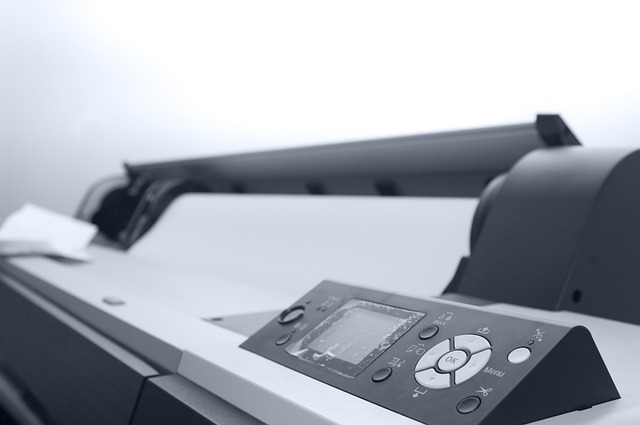Mastering the Art of Storyboarding: A Complete Guide
When it comes to visual storytelling, few tools are as powerful as a storyboard. This essential format serves as the blueprint for translating ideas into engaging narratives, whether in filmmaking, animation, or any other creative project. The process of storyboarding can feel intuitive yet challenging, serving as a bridge between concept and execution. If you’ve ever felt the thrill of piecing together a narrative or the frustration of seeing your ideas struggle to take shape, you’re not alone. Let’s dive into the art of storyboarding.
What is a Storyboard?
At its core, a storyboard is a series of drawings that illustrate each key moment in a story. Think of it as a comic strip of your narrative. This visual approach helps creators organize scenes, plan camera angles, and define the pacing of their project. By visually mapping out your story, you translate your imaginative thoughts into something tangible and structured.
The Importance of Storyboarding
Storyboarding does more than just represent your ideas; it brings clarity and focus to your creativity. Whether you’re a seasoned filmmaker or a novice animator, using a storyboard can help you:
- Visualize the Flow: A storyboard allows you to see how each scene transitions into the next, helping to maintain a coherent narrative arc.
- Enhance Collaboration: If you’re working with a team, a storyboard can serve as a visual guide that keeps everyone on the same wavelength.
- Identify Weaknesses: By laying out your scenes visually, you can spot pacing issues or gaps in the narrative before they become costly to fix.
- Save Time and Resources: Pre-visualizing your project helps streamline production, reducing the likelihood of costly rewrites and reshoots.
Techniques for Effective Storyboarding
Now that we understand the significance of a storyboard, let’s explore some techniques to help you master this invaluable tool:
1. Start with Thumbnails
Don’t get bogged down by details! Begin with rough sketches or thumbnails to capture the essence of each scene. These quick doodles can help you focus on the composition and key actions without getting distracted by specifics.
2. Sequence Your Shots
Arrange your panels in chronological order to map out your story’s flow. Make sure that each segment connects smoothly to the next, allowing your audience to journey through your narrative effortlessly.
3. Incorporate Camera Directions
Understanding camera techniques is essential for a compelling storyboard. Indicate camera angles, movements, and shot types (like close-ups or wide shots) to give clarity to each scene’s visual strategy.
4. Add Dialogue and Notes
Pairing visuals with text can enhance understanding. Note any significant dialogue, sound effects, or other details that impact a scene’s tone and atmosphere right next to your panels.
Tools for Storyboarding
While traditional paper and pencils work perfectly, there are several digital tools designed to streamline the storyboarding process:
- Storyboard Pro: A comprehensive software that combines drawing tools with timeline features, making it a favorite among professionals.
- Adobe Illustrator: Great for more polished storyboards with its vector graphics capabilities.
- Canva: Offers templates that can be customized for those looking for quick and easy storyboards.
- Toon Boom: Particularly useful for animation, this tool provides a robust platform for storyboarding and animating simultaneously.
Final Thoughts
Whether you’re telling a heartfelt story or creating a thrilling action sequence, mastering the art of storyboarding will elevate your narrative to new heights. By embracing this vital format, you will not only clarify your vision but also create a compelling roadmap for anyone involved in bringing your story to life.
So grab your pencil, or your tablet, and start sketching out your next great adventure! Remember, every masterpiece begins with a solid storyboard.


